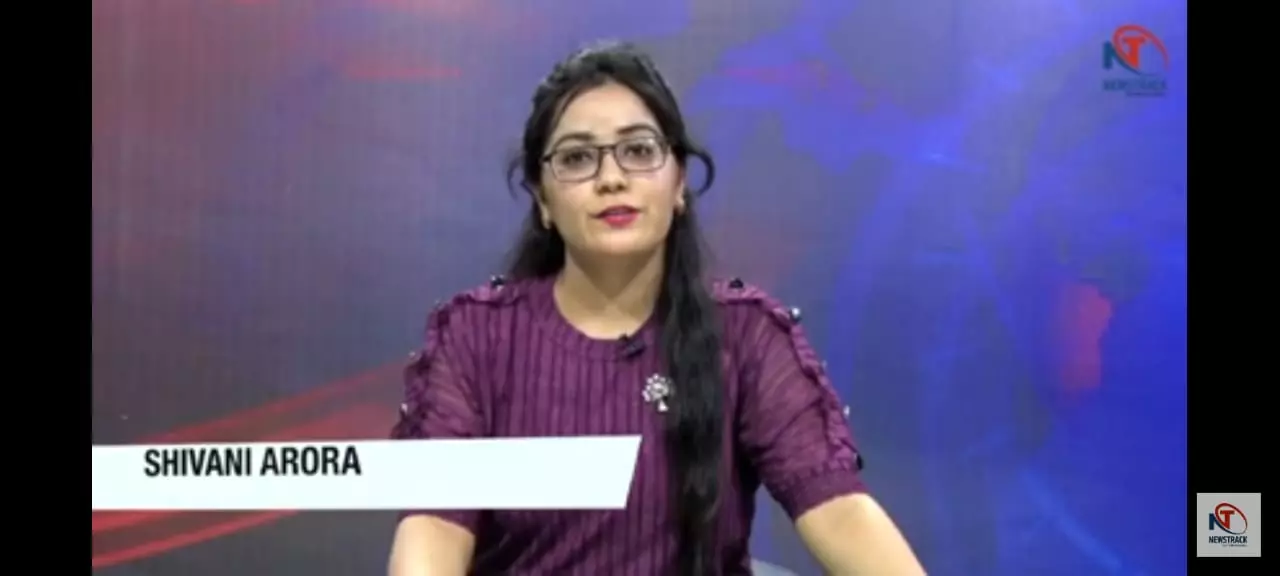TRENDING TAGS :
India Against Corruption: Will India Become a Corruption-Free Nation by 2025? A Startling Analysis of Government, System, and Society
Corruption in India is a deep-rooted issue impacting all sectors, from politics to daily life. Explore its history, causes, impacts, and solutions.
In India, corruption has become a frequent and visible phenomenon. From newspapers to television and various institutions, corruption has embedded itself deeply within the country’s social and administrative structure. It is no longer limited to the government machinery — it has spread across every layer of society. Before independence, during British rule, it was customary to offer sweets, fruits, or cash — termed “daali” — to officials as a means of establishing rapport. Over time, this practice transformed into bribery and ultimately into full-blown corruption. Today, corruption is so widespread in India that no sector — be it education, healthcare, administration, judiciary, or business — has remained untouched.
Corruption in Numbers
According to the 2023 Transparency International report, India ranks 93rd out of 180 countries on the Corruption Perception Index (CPI) with a score of 40 out of 100, indicating a serious problem. A Centre for Media Studies (CMS) survey claims that nearly 62% of Indians have had to pay bribes to access public services. These numbers only scratch the surface — the actual situation may be worse since many cases go unreported.
A Historical Problem
Corruption is not new in India. During Pandit Jawaharlal Nehru’s tenure, several corruption cases emerged. His son-in-law and Member of Parliament Feroze Gandhi exposed the LIC scandal. Then came the Jeep scandal involving Krishna Menon, which led to Finance Minister T.T. Krishnamachari’s resignation. The Bofors scam during Rajiv Gandhi’s tenure significantly damaged his political image. Since then, India has witnessed numerous large-scale scandals — the Coal scam, 2G spectrum scam, Commonwealth Games scam, AgustaWestland helicopter scam, and more.
Black Money and Offshore Accounts
A significant aspect of corruption is black money, often hidden in benami properties or stashed in foreign accounts. The Panama Papers leak caused global tremors, revealing around 500 Indian names, including top film stars and industrialists. While some denied involvement, the revelations exposed the scale of hidden wealth.
Fugitives like Nirav Modi, Vijay Mallya, and Mehul Choksi exploited India’s financial systems and fled abroad with massive fraud allegations. While efforts to extradite them continue, legal and political complexities have made the process difficult.
Corruption in India is not limited to politicians or businessmen — ordinary citizens face it daily, even while getting their names on welfare beneficiary lists.
Role of Media
The media’s role is to shape public opinion and hold governments accountable. But today, mainstream media — especially television — has become obsessed with high-decibel debates and superficial coverage aimed at boosting TRP ratings. While investigative journalists deserve praise for exposing scams like Bofors and Panama Papers, much of the current media landscape is either silent or engages only in selective political discourse.
Government Efforts and Challenges
Prime Minister Narendra Modi famously promised, “Na khaunga, na khane dunga” (“Will neither take bribes nor allow others to take”). Post-2014, his government launched a Special Investigation Team (SIT) on black money, introduced the Benami Transactions Act, and promoted digital transactions. Despite these efforts, ground realities remain grim.
According to CMS India, corruption complaints in rural areas increased by around 40% between 2018 and 2022.
Most Corruption-Prone Sectors
Police
Bribes for filing FIRs and pursuing cases.
Revenue/Land Department
Bribes for land records, maps, compensation, etc.
Municipalities and Panchayats
Bribes for building permits, water connections, certificates.
Education
Rampant corruption in admissions and appointments.
Healthcare
Bribes for services and medical postings.
Transport
Moderate bribes for licenses, permits, and fitness certificates.
Ways to Reduce Corruption
Digitalization
Moving government processes online to reduce human intervention.
Strict Laws
Harsh punishments for corrupt officials.
Strengthening Lokpal and Lokayuktas
Independent anti-corruption bodies should function without political interference.
Right to Information (RTI)
Empower citizens with access to government records.
Awareness
Citizens must know their rights and legal options.
Can India Be Corruption-Free?
That’s a complex and difficult question. Eradicating corruption is a long, multi-layered process — not achievable through slogans or legislation alone. A collective effort from political leaders, bureaucracy, media, and citizens is necessary to promote integrity and transparency.
True victory against corruption can only be achieved when we shift our mindset — not just blame “the system” but also introspect and act honestly at an individual level.
Corruption remains the biggest hurdle to India’s development. It not only causes financial losses but also erodes public trust, justice, and ethics. Governments will come and go, but unless the people themselves become honest, no law or authority can win this battle alone.
Conclusion: A National Resolve Needed
It’s time for a national resolve: “Neither will we give bribes, nor will we take them.”


